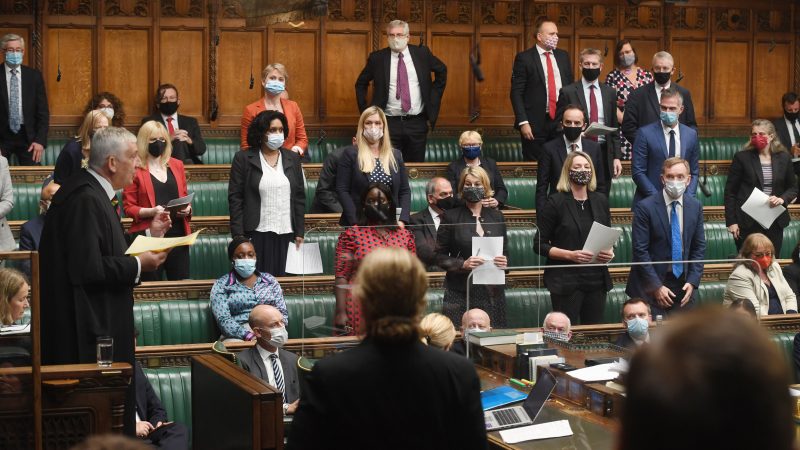
The Labour Party plans to hold trigger ballots for MPs starting next week and concluding in June 2022 according to a new paper that will soon be considered by members of the ruling national executive committee, LabourList can reveal.
Sources say the decision is being taken on the basis of the opposition party’s working assumption that the Tories will want to hold a general election in spring 2023, before the new parliamentary constituency boundaries kick in.
After Labour conference changed the rules on trigger ballots, local parties can force a full selection process in a Labour-held seat only if a majority of local party and affiliate branches vote to ‘trigger’ such a contest.
The 2021 rule change, which raised the trigger ballot threshold from a third of either local party or affiliate branches to more than 50% of branches in an electoral college, states the following:
“If more than 50% of an electoral college consisting of party branches voting with a weight of 50% and affiliated branches voting with a weight of 50% indicate that they wish a selection to take place, a selection shall proceed. The MP shall automatically be included in the shortlist of candidates from whom the selection shall be made. Where 50% or less of an electoral college consisting of party branches voting with a weight of 50% and affiliated branches voting with a weight of 50% indicate that they do not wish a selection to take place, the MP will, 71 subject to NEC endorsement, be selected as that CLP’s prospective parliamentary candidate.”
At the next meeting of the organisational subcommittee known as ‘Sub Org’ on Tuesday, NEC members are expected to agree a paper that sets a timeframe for trigger ballots, which will see them begin in November 2021 and conclude by June 2022.
When the process starts, sitting MPs will be asked whether they intend to re-stand or retire. The local parties of those seeking to stand again will choose whether to automatically reselect their MP or trigger a full process.
Many marginal attack seats will also hold their candidate selection contests during the November to June period, sources say. All local parties that did not select candidates in the first batch will do so instead between June 2022 and March 2023.
The ambition is to have a full list of candidates by March 2023, LabourList has been told. And if new boundaries kick in before the election, the NEC is set to draw up a formula for how candidates already selected are allocated to new seats.
The plan to start selecting candidates under the current boundaries mid-way through the parliament should enable longer local campaigns by Labour candidates and local party control over selections rather than NEC impositions.
But it does also mean that if the next general election is held according to new constituency boundaries, Labour candidates may be selected for winnable seats before being allocated to less winnable parliamentary battles.
Sources say more Labour MPs are expected to retire ahead of the next election, compared with the run-up to the 2017 and 2019 elections, due to their age profile and because some did not want to be replaced by Corbynite candidates.




More from LabourList
‘Britain must keep its foot on the EV accelerator’
Explained: How could Unison disaffiliate from Labour?
‘Andrea Egan’s Unison win will reshape Labour’s internal politics – we just don’t yet know how’